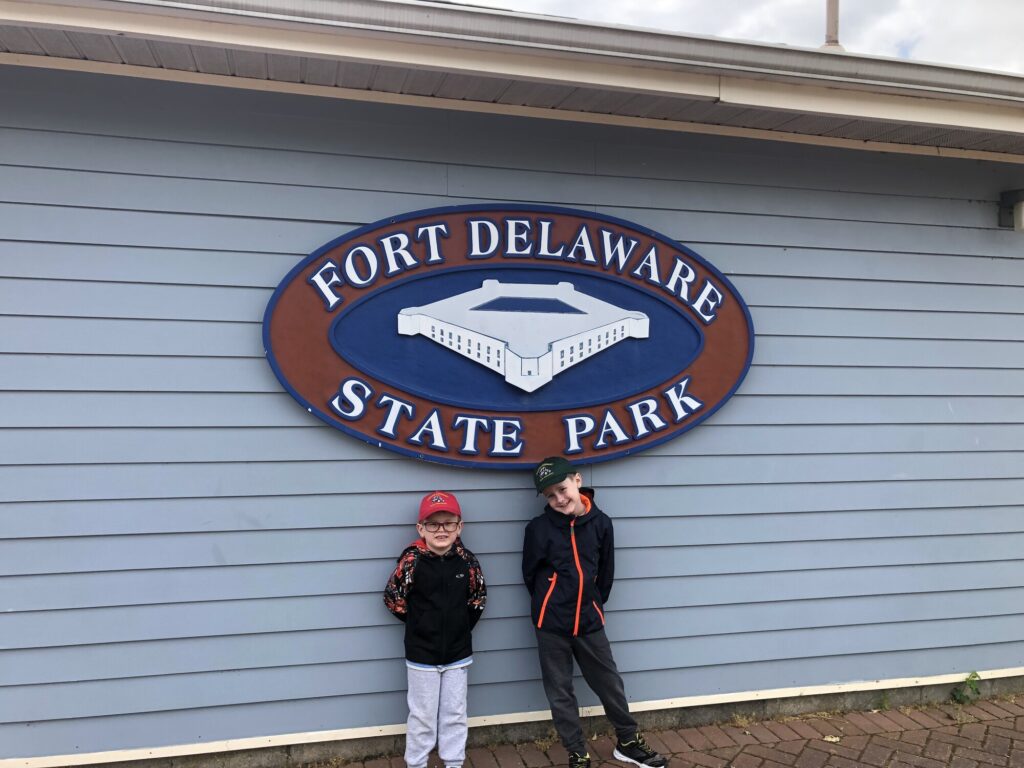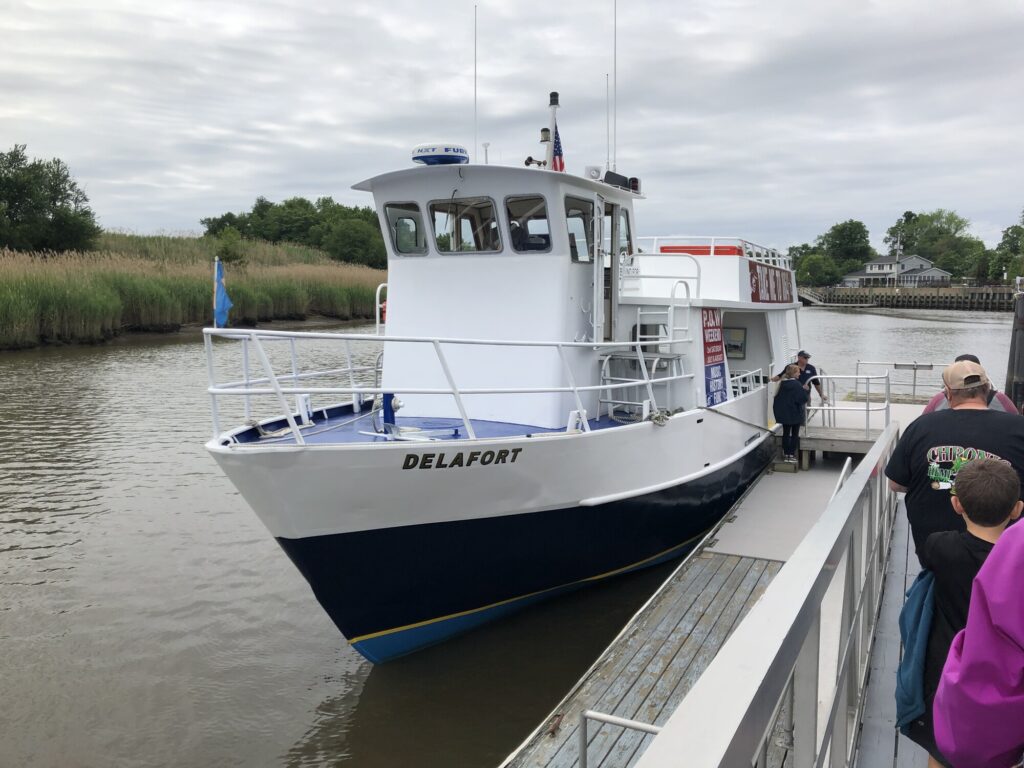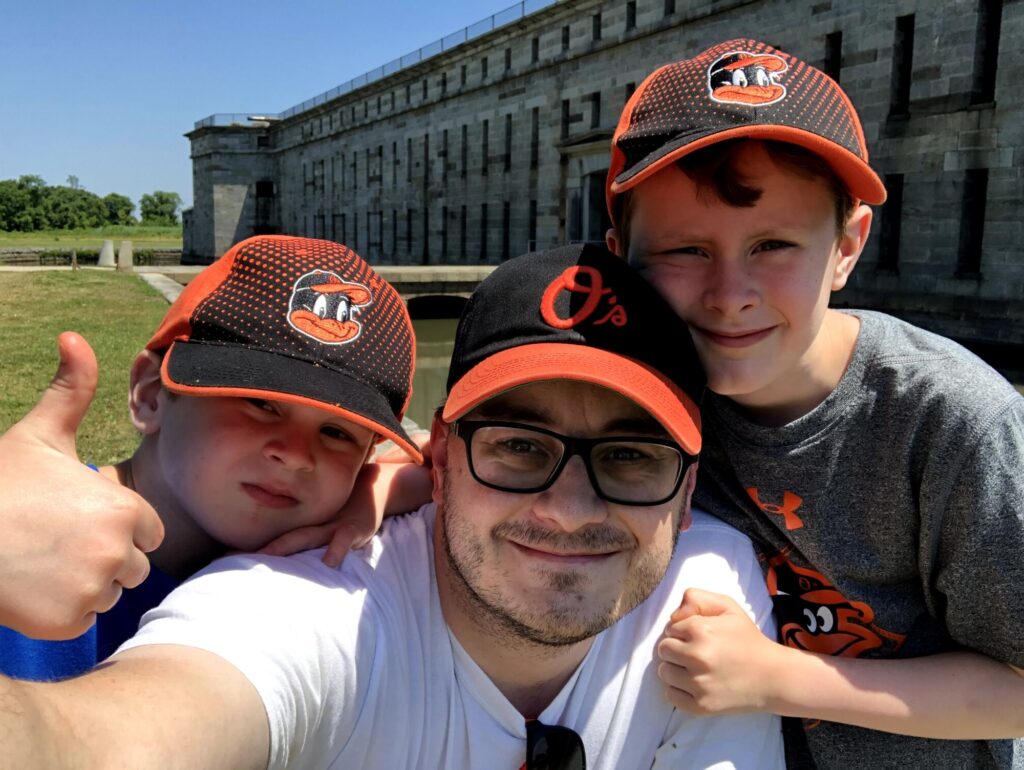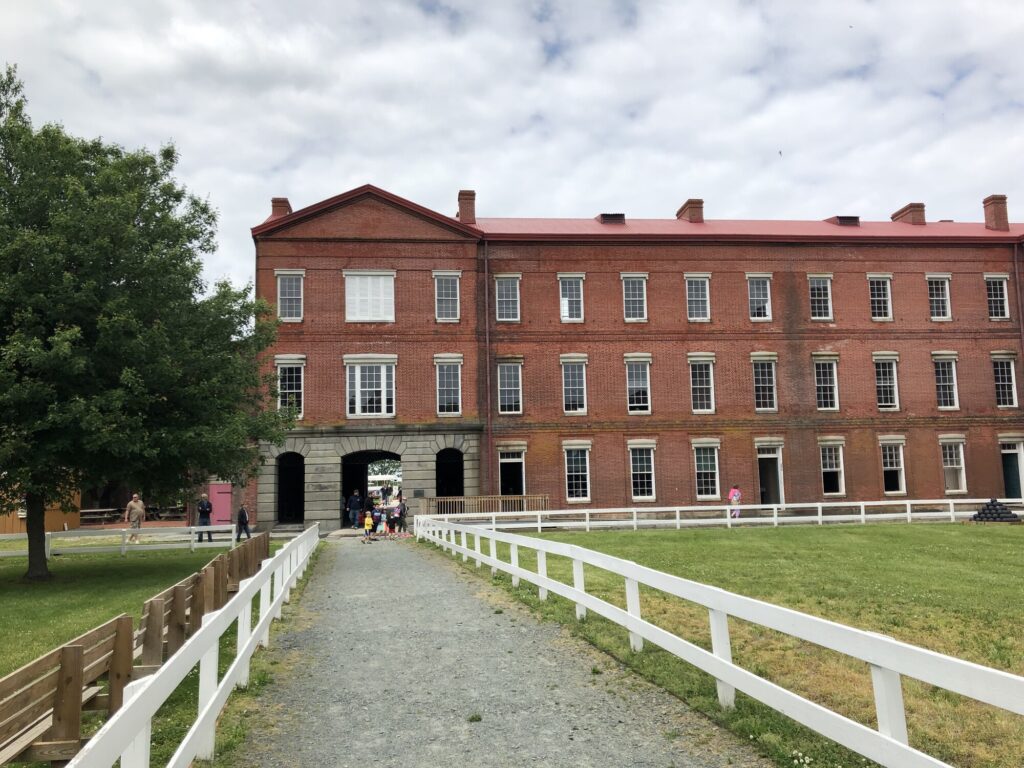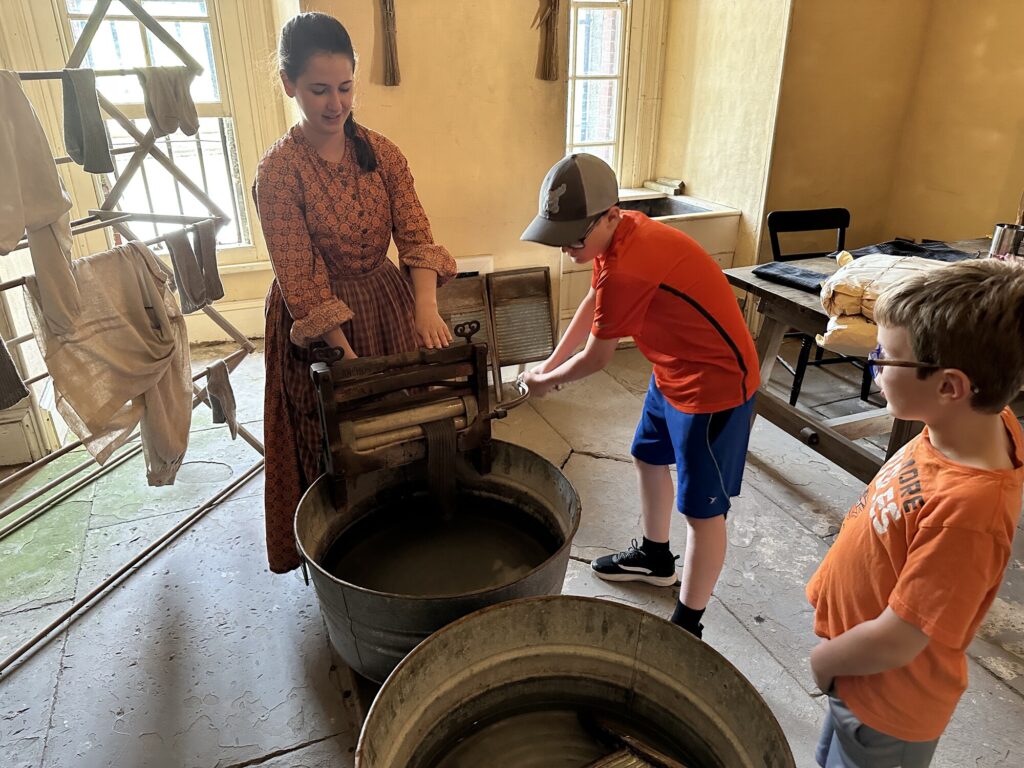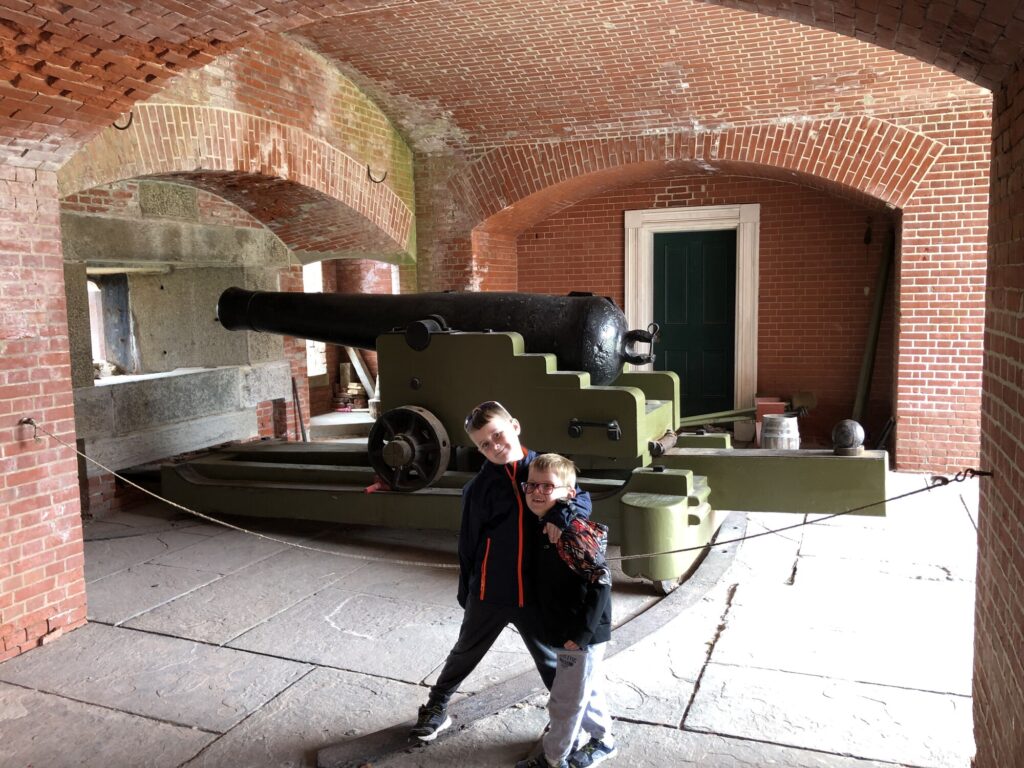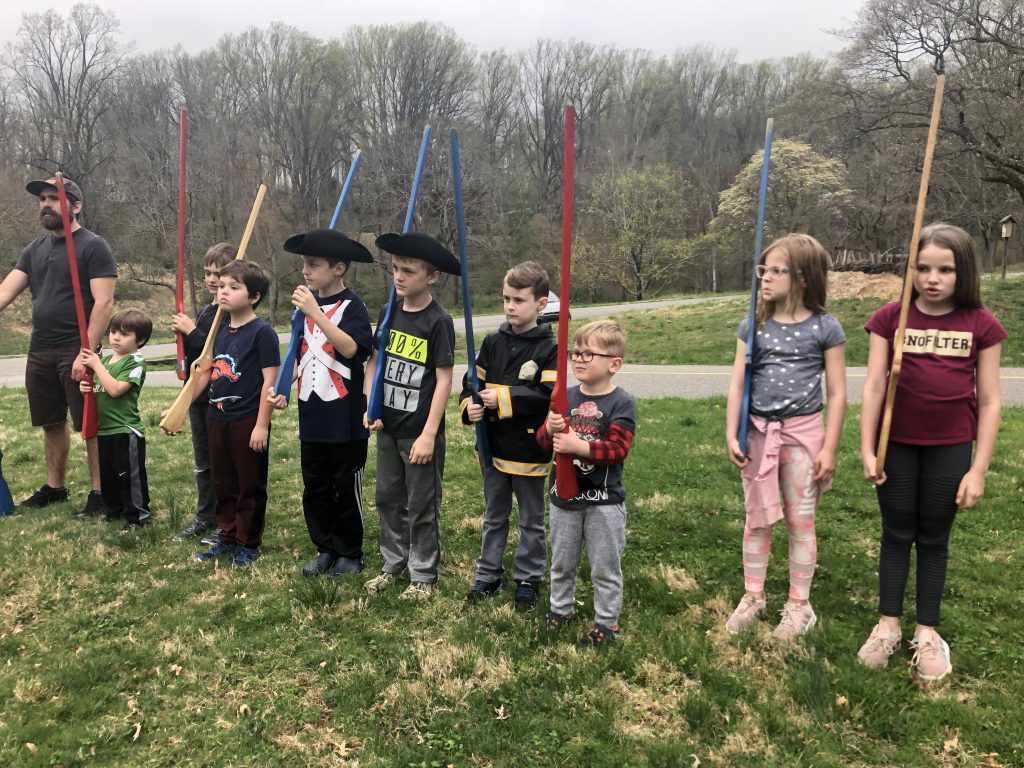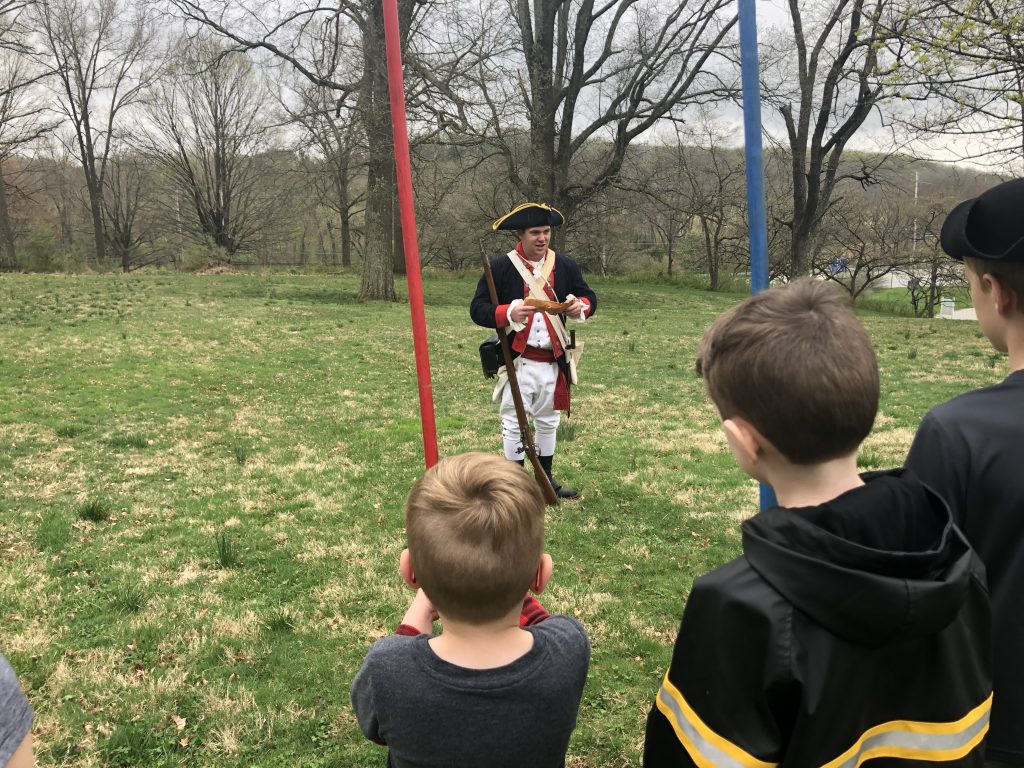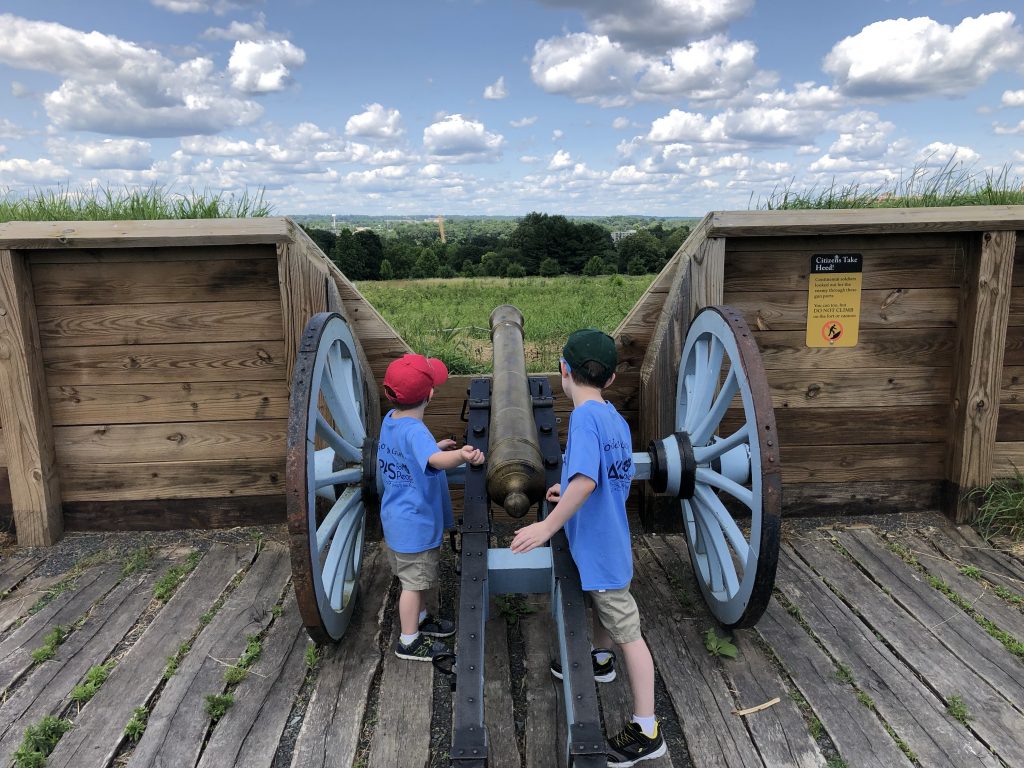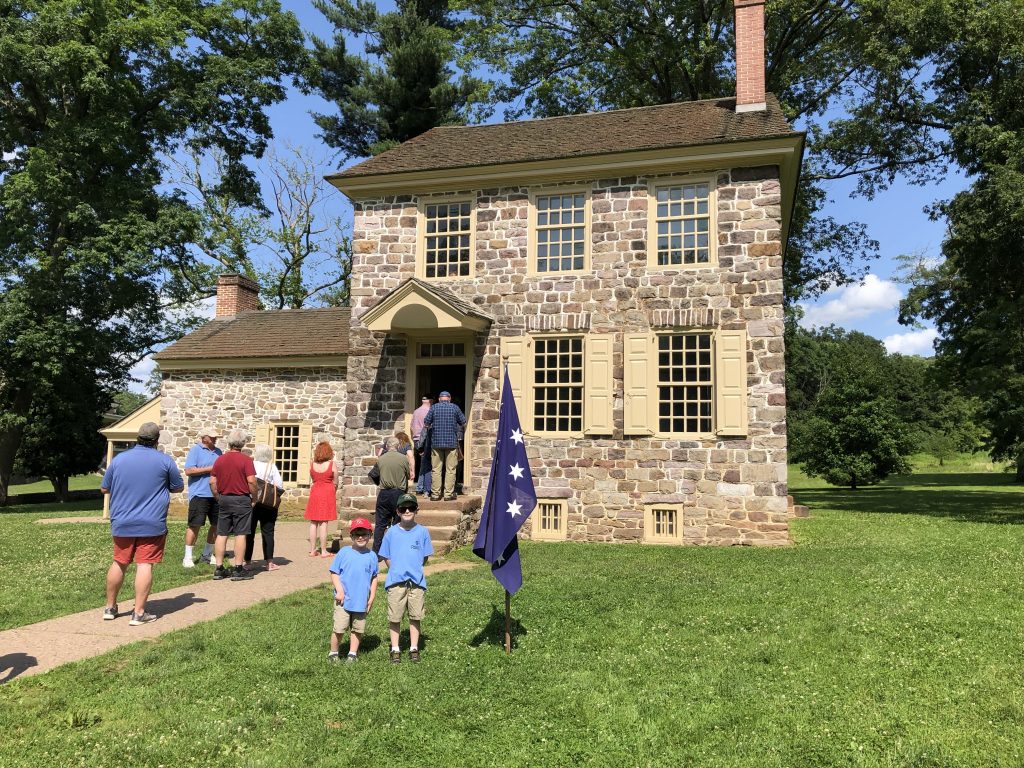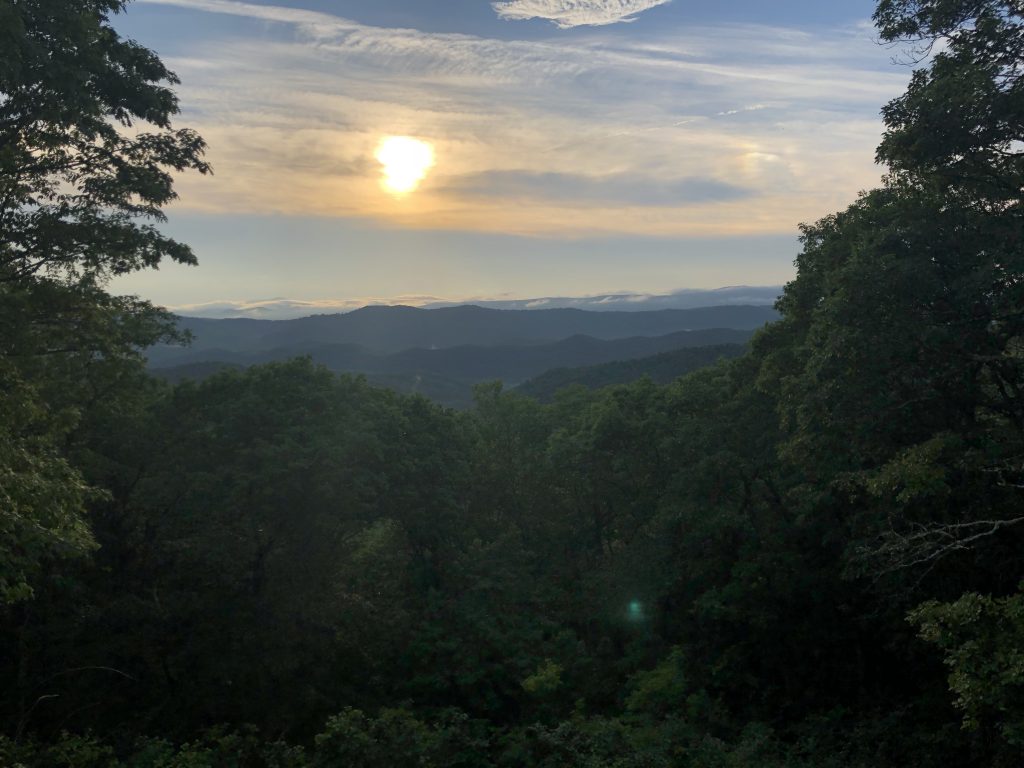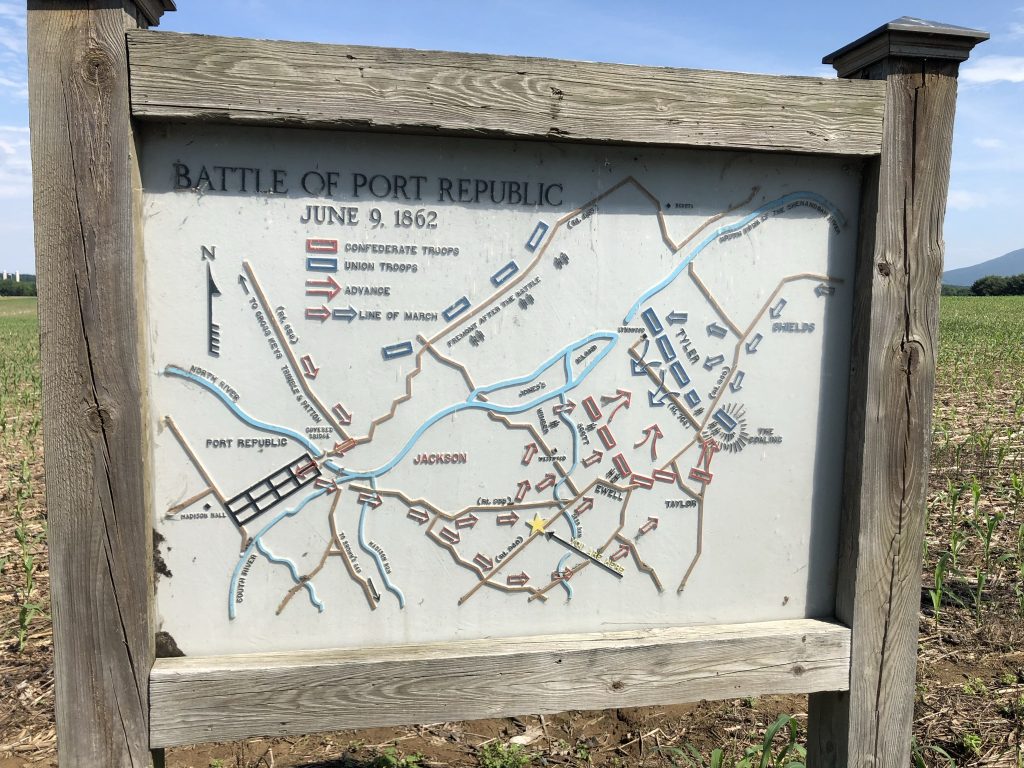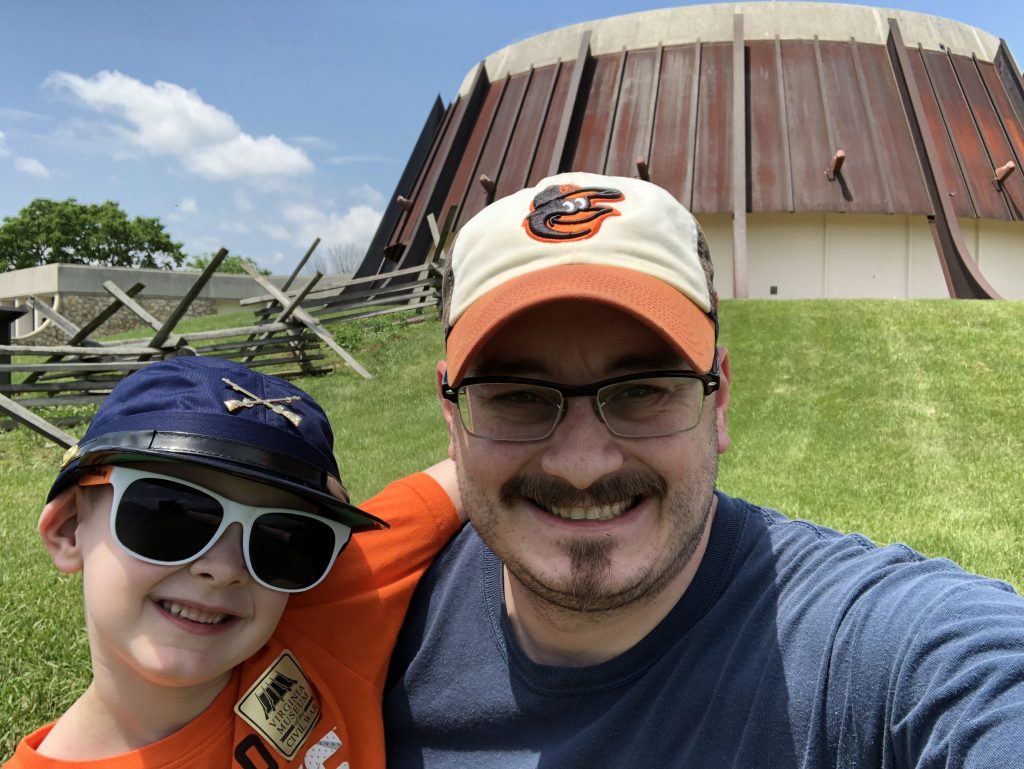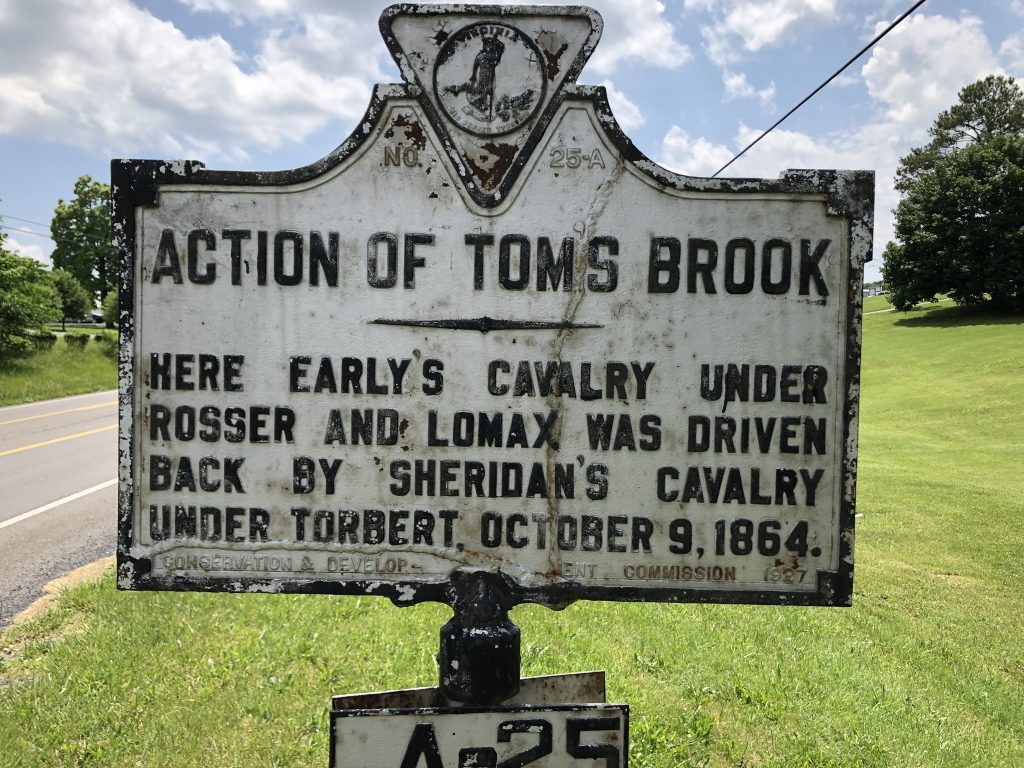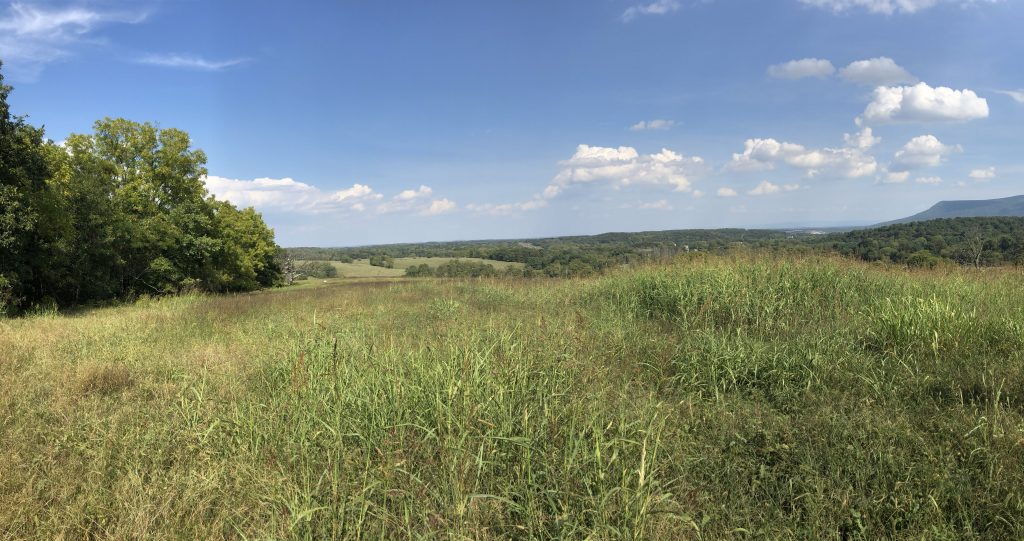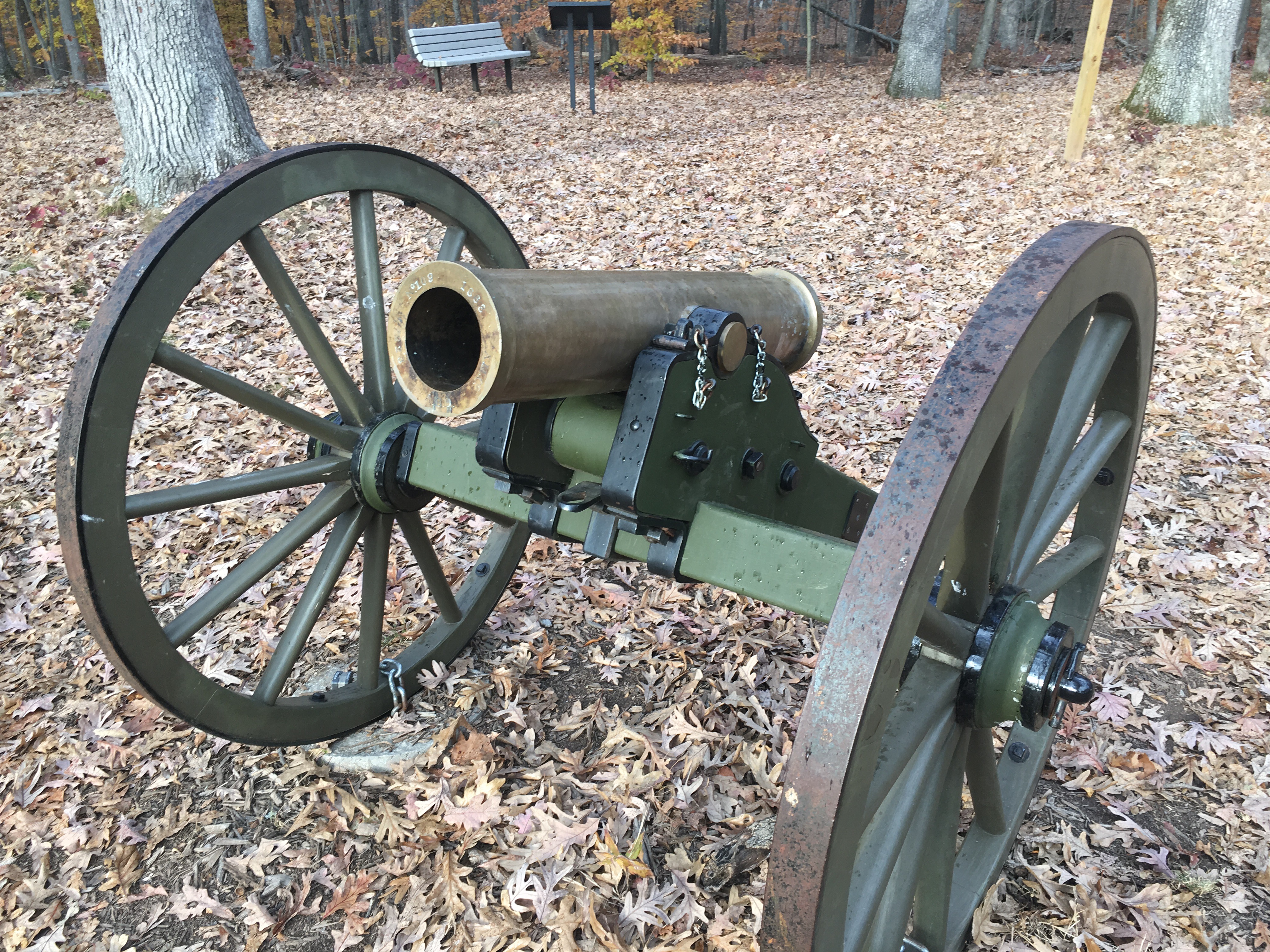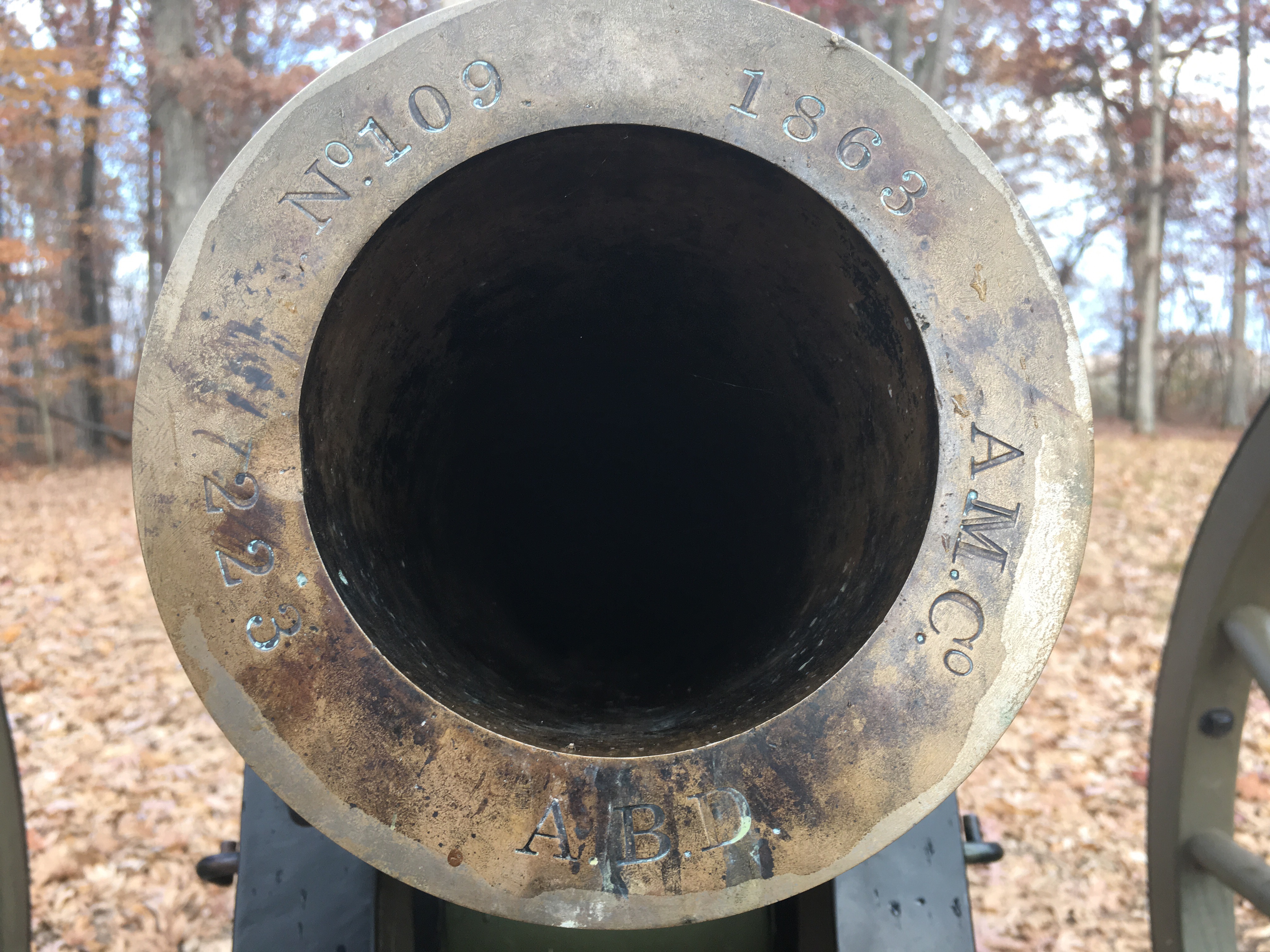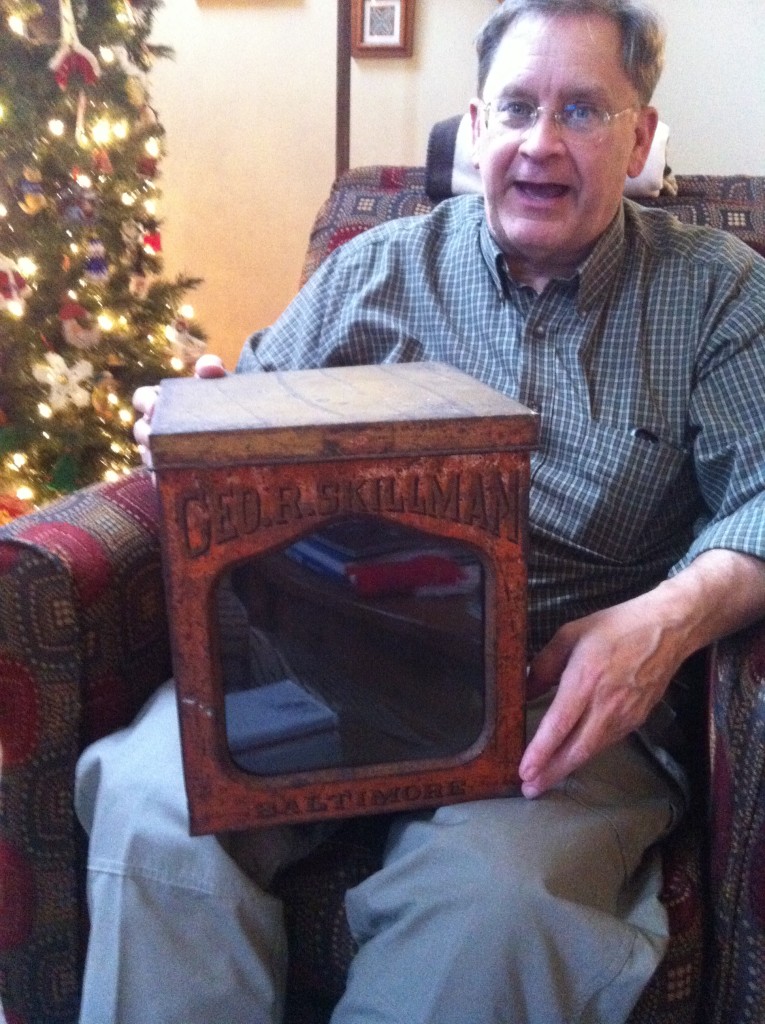Battlefield Visits: Road Trip to Chattanooga, Part 2: Around Town
From my travels, May 27, 2019.
I arrived in Chattanooga by mid-morning, and met up with my nephew and brother-in-law. They joined me for the rest of the day of battlefield exploration.
Battle of Davis’ Crossroads – Civil War Battlefield #107
Our first stop was the farthest outside of town – well into northwest Georgia, in fact: the Battle of Davis’ Crossroads. It took quite a while to drive out to that fairly rural area from Chattanooga.
The fighting here was a prelude to Chickamauga, with the Confederates attempting to bottle up the Union forces in the mountain cove to the south. The Federals avoided the trap, and held off the Confederates, with neither side gaining a clear victory.
At the crossroads itself these days, there isn’t much more than a small restaurant – the Pigeon Mountain Grill. We back-tracked a bit to a small pull-off about a mile east of the crossroads where there were a few wayside markers from the American Battlefield Trust. They were in ROUGH shape and almost unreadable during our visit.
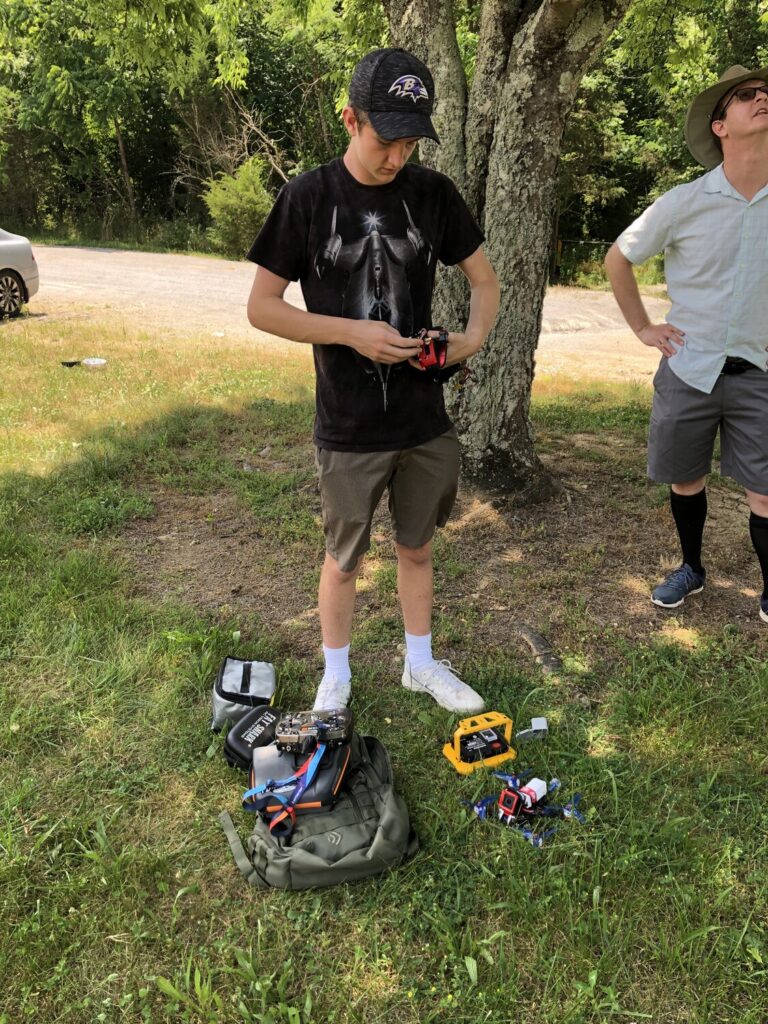
My nephew brought along his drone and put it up a few times to get an aerial perspective of the field – something that I’d never attempted before. Sadly, his GoPro was not cooperating and we didn’t get any usable footage.
Battle of Wauhatchie – Civil War Battlefield #108
We packed up the equipment and made our way back toward town. Our next stop at the site of the Battle of Wauhatchie is one I’d been looking forward to seeing for quite a long time. The Federal troops who fought here were from the XI and XII Corps and had been part of the Army of the Potomac just a few months before. George Sears Greene, hero of Culp’s Hill at Gettysburg was still commanding his brigade here. Finally, some familiar faces!
This was a surprise night attack against the Confederate defenses of Lookout Mountain that succeeded in driving the rebels away and clearing a path for resupplying the encircled Union forces in the city of Chattanooga. The establishment of this “cracker line” meant that the Confederate hopes of re-taking the city were over.
Our first stop was the parking lot behind the nearby Walmart. I had read that this spot had the best view of the whole field, and boy was that true. The entire valley below was the battlefield, with Greene’s men holding a position at center-right.

After taking in the spectacular views of Lookout Mountain from this side, we drove over toward the mountain, behind the McDonald’s and Hardee’s, and took the quick hike up to where the XI Corps New York Monument was – there were plenty of familiar names on that one, from Carl Schurz to Wlodzimierz Krzyzanowski. That was a really cool experience actually – checking out a monument that almost no one goes to just steps from I-24.
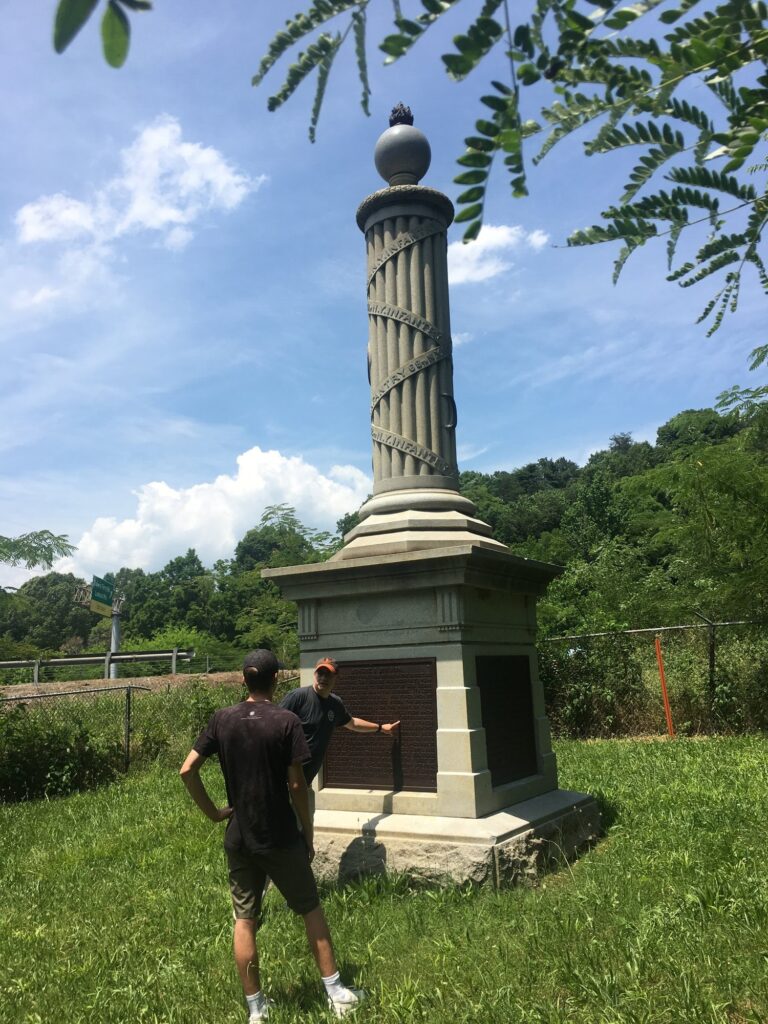
Once we were back at the car, we headed toward the southern end of the field, where Greene’s brigade had fought. There was a small monument to them there in the front yard of a light industrial building.
Lookout Mountain and Point Park
On my first trip to Chattanooga, I never actually got up onto Lookout Mountain. I had heard that the view from Point Park in particular is the greatest of the Civil War-related views. I really wanted to get up there, and luckily the guys were enthusiastic, too.
This is where the NPS memorializes the Battle of Lookout Mountain – or the “Battle Above the Clouds”. We took in the sights near the entrance – including the wide open vista of the city of Chattanooga – and all I can say is that it was absolutely incredible. The photos I took don’t do it justice at all.

We continued down the northern slope and got to the site of the Ochs Memorial Museum, and Roper’s Rock. Everyone who visited here during the Civil War wanted to get their photo taken, and I was no exception of course.
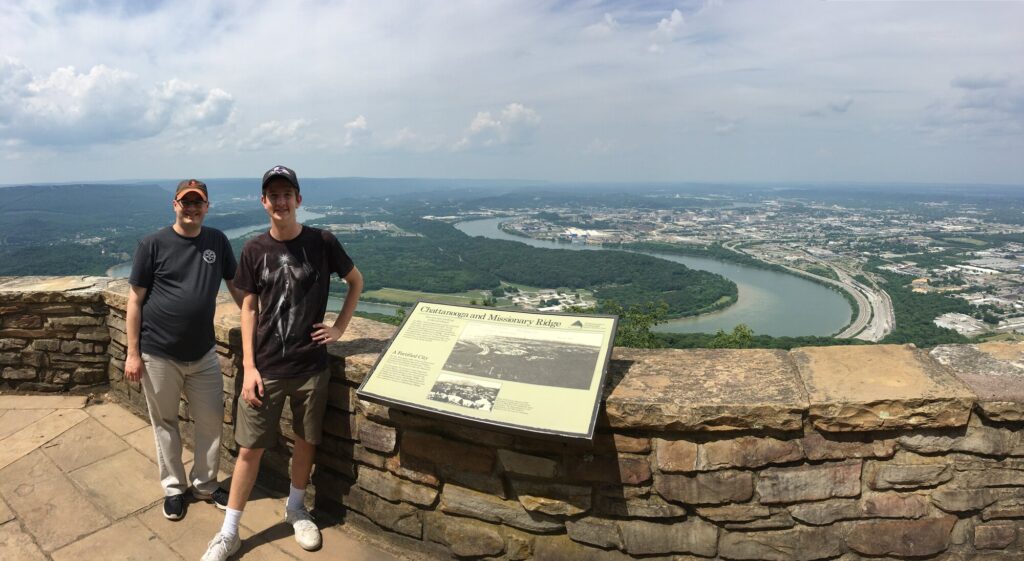
A little farther down, my nephew indulged my nerdiness and got a photo of me near the spot where Maj. Gen. Ulysses S. Grant also posed with his staff back in 1863. The angle isn’t quite right, but you can see some of the same rock formations.
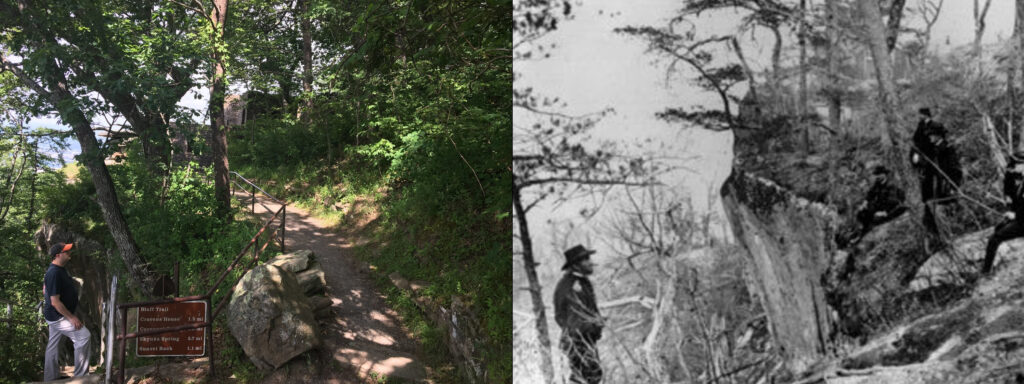
My first trip to Lookout Mountain was absolutely incredible. Truly a bucket list kind of thing. I’m lucky to have been able to share the experience.
Chattanooga National Cemetery
Since it was Memorial Day, there was no better way to commemorate the occasion than with a stop at the Chattanooga National Cemetery. I’m happy to report that it was quite crowded there when we arrived around 4:30pm. I’m so used to seeing people use the holiday as an excuse to go to the beach, and it was somewhat uplifting to see so many others paying their respects to our departed veterans.
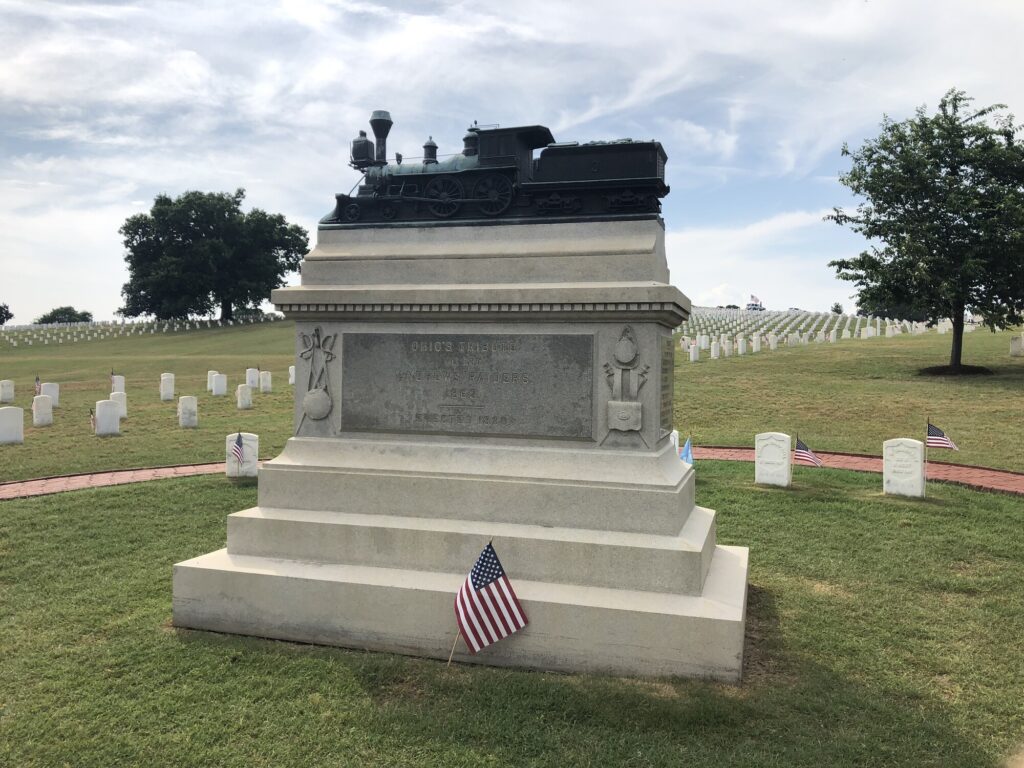
The main focal point of the cemetery – at least from a Civil War perspective – is the graves of several of Andrews’ Raiders. These men captured a Confederate locomotive, The General, and attempted to tear up the Western and Atlantic Railroad as they drove from Atlanta toward Chattanooga. The mission ended with many of the men being captured and executed by the rebels as spies. There was even an old Disney movie made about the event.
The next day would have the real fun start: my nephew and I would re-trace the route of the Atlanta Campaign!
